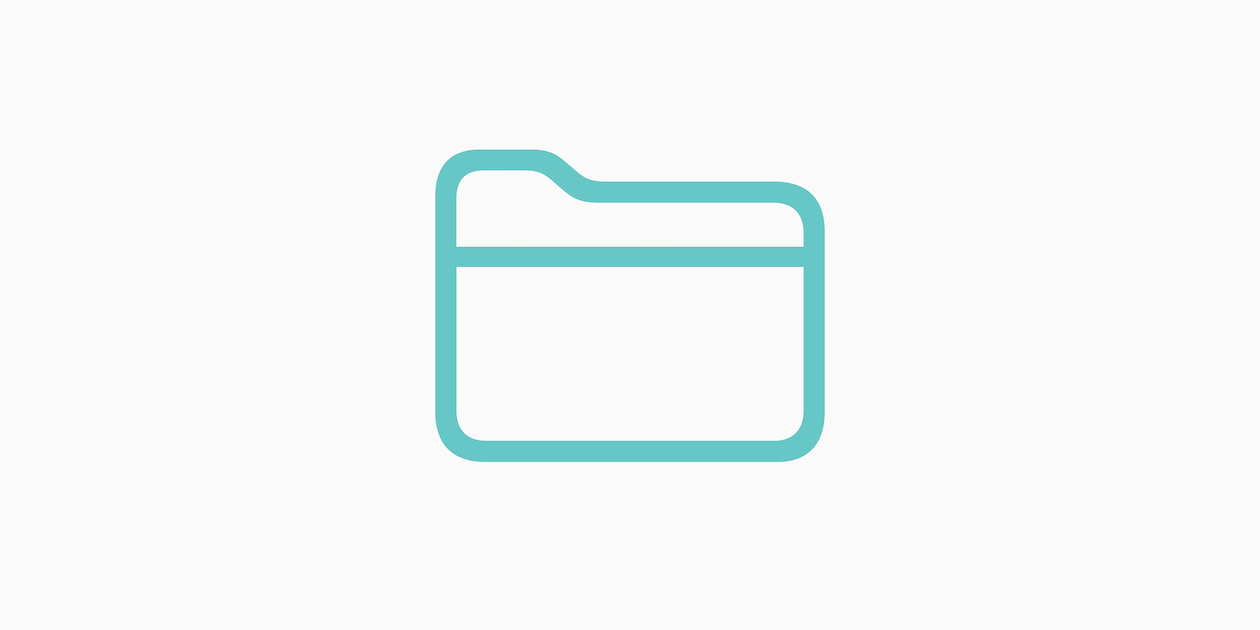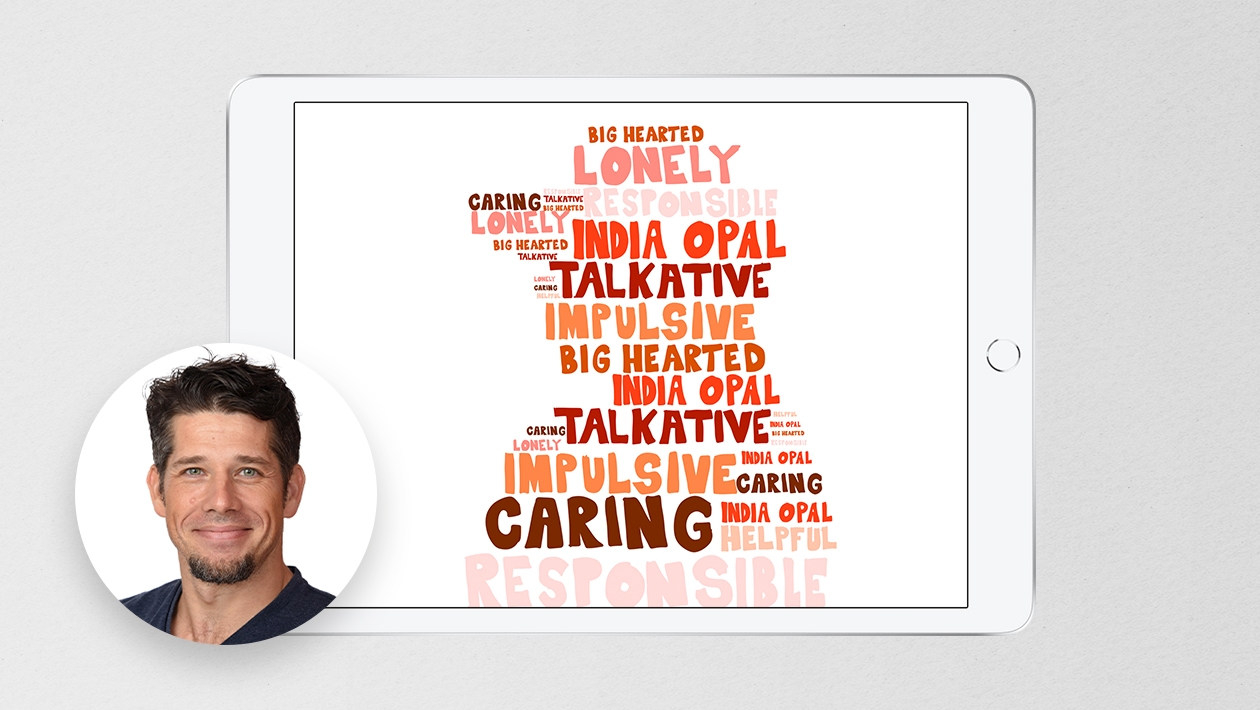Our Year 2 children have learnt about protecting their digital identity and created Pop Art animations, to creatively demonstrate their understanding.
In this lesson, students gain understanding of their digital identity, including why their photographic image is worth protecting. Using the Everyone Can Create project Create Pop Art, students create an animation showcasing a word relating to personal security.
Success Criteria - Pop Art animation is created using a word that shows understanding of actions to protect their identity.
Security can be a heavy topic for young children, this activity allows them to explore the concept, whilst creating something fun that can also be shared with others.
Our lesson commenced with an introduction using the Cyber Safety Project curriculum, which we use for cyber safety learning. Children brainstormed their ideas about personal information that is private as opposed to public. To inform this understanding we considered our personal information as if part of a jigsaw - for instance our name, personal details, plus visual image can combine to put our digital identity at risk unless we protect ourselves by limiting what we share. We then brainstormed words that could be prompts for considering private vs public when using digital spaces. We showed examples of Roy Lichtenstein’s Pop Art and talked about colour and pattern.
To create their response, students swapped iPads so a peer could photograph them with an iPad. We talked about protecting their visual image as they did this process, with the instruction to obscure their identity as much as possible by photographing each other over the shoulder.
Students then layered drawing with colour and pattern over their image to create a Pop Art styled response. To do this, they used Keynote and the drawing tools to bring their artwork to life and to make their artwork pop further, students exported their artwork and used Clips to animate a text or thought bubble to express the word they decided was most relevant.
See the screenshots below to learn more about the process we have used.
The children loved this activity (as did I, as I don’t get to support children in the creation of artwork often enough!).
How would we do this activity differently next time? Our learning for next time is to keep the process as simple as possible for young children and give them time to explore the drawing tools, so they are confident with what they want to achieve. We could simplify the process by using only one app, rather than a combination.
To extend this activity, we could have included voice recording, which may demonstrate more about the child’s learning through their voice and provide deeper opportunity for differentiation and assessment.
Children from Year 2 upwards will have a range of experience with the digital world. Although most of our Year 2 children will not have shared content online themselves, it is important that young learners have the concepts and language to express an understanding of their digital identity.
Using Create Pop Art for this activity was great fun and the children were highly engaged, both in exploring and extending their understanding of the concepts and then in creating an artwork that reflected their learning. They were really excited about their final products.
Our teachers are planning learning experiences using Create Pop Art in other learning areas and year levels, including demonstrating understanding of Spanish words, and combining Pop Art with learning about consumerism and marketing.















April 12, 2024 . English
English
I love how the students added an animated message to their drawing. It really "pops!"
This action is unavailable while under moderation.
This action is unavailable while under moderation.